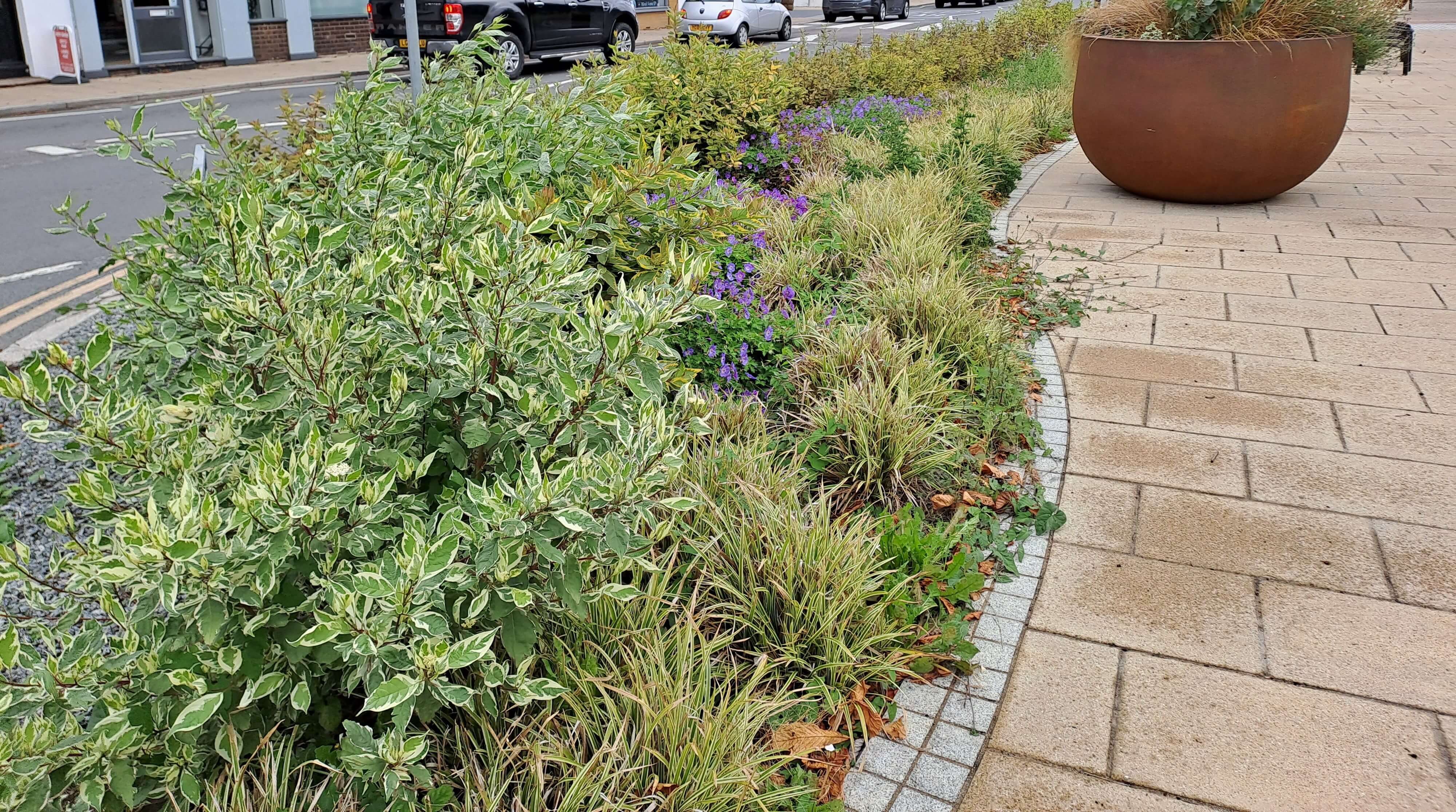{{selectedAlertBand.alertDescription}}
{{selectedAlertBand.incident.heading}}
Message last updated - Tuesday 20th January 2026
{{selectedAlertBand.incident.heading}}
Message last updated - Tuesday 20th January 2026
Message last updated - Tuesday 20th January 2026
{{selectedAlertBand.alertLinkText}} {{selectedAlertBand.alertLinkText}}
For further updates subscribe
04 October 2024
Blog
Last year, the East of England experienced the wettest winter on record. But as we’re already seeing this year, these extreme weather events are becoming more frequent and the challenge we face with flooding is only going to get worse. Flooding and drainage are complicated, with many different owners and responsibilities, from landowners to local councils, the Environment Agency as well as us. Collectively, we all need to take action to protect homes and businesses and the local environment. Anglian Water’s Risk Control Manager, James Bax, discusses the work we’ve undertaken in Yaxley over the last twelve months to prepare for the winter ahead.
Located within Peterborough, the Yaxley catchment is particularly vulnerable to the risk of flooding. Making up part of the Fens Basin, it is only a few metres above sea level, meaning there is limited natural capacity for excess water to soak into.
Historically, we have relied heavily on the use of tankers in the area to help control the flow of water during extreme weather. However, this solution is costly, disruptive for residents and only provides a temporary fix to a complicated long-term problem. While we have more to do, over the last 12 months, we’ve made significant progress understanding the different issues in catchment, so we can identify a long-term solution that will benefit customers alongside protecting the environment.
Since last winter, our engineers have been carrying out detailed investigations across 25km of sewer network within Yaxley, Stilton and Folksworth. Using new technology, we’ve been able build a more accurate picture of our sewer network, with CCTV surveys helping us pinpoint specific locations where misconnections and infiltration are causing a problem. In Yaxley and Stilton combined, we found more than 60,000m2 of misconnected rainwater pipeline – the wastewater flowing through this pipe would be enough to fill approximately 1.2 Olympic-sized swimming pools every hour. We also found around 1,000 points of infiltration, all of which are putting significant pressure on the network.

Working closely with customers and local authority teams, we’ve identified a significant number of surface water misconnections. This is where downpipes from homes or the highways road drains have been wrongly connected to the foul sewer, reducing its capacity and ultimately causing flooding. The amount of rain that runs off from an average roof can be equivalent to the foul sewage produced from 100 homes, so it’s easy to see why this excess water can cause such a problem.
The surveys also highlighted points where groundwater was infiltrating the sewer system. Infiltration is an often misunderstood, but a common cause of flooding. Sewers are simply not designed to be completely sealed systems, and when extreme rainfall combines with saturated ground, excess water gets into our sewer network through minute holes, cracks and joins, resulting the pipes becoming overwhelmed and causing flooding. We can tell from these investigations that in Yaxley, a large proportion of the flooding has been caused by infiltration.
In some instances, the resolution was straightforward. For example, in one area of the sewer, we identified a large mass of roots growing and were able to swiftly arrange for them to be removed, clearing the way for the network to operate as usual. In other places, drains from private properties or the highways had been misconnected directly to sewer network, which was designed to take foul sewage only, rather than combined with rainwater. These cases are harder to fix and require input from both customers and the local highways teams to divert these flows.
While we can’t control the weather, one way we can keep rainwater out of the sewers is by creating natural drainage solutions. Sustainable Urban Drainage Systems (SuDS) use water butts, flowerbeds and plants to soak up excess water and prevent it from entering the system. SuDS within the Yaxley catchment has been a great way of keeping rainwater out of the sewers and creating more capacity, while also enhancing habitats and the local environment.

Thinking long-term
Our investigations have highlighted the work needed to address misconnections and infiltration points across the catchment. Over the long-term, we’ll be investing £1.3million into relining part of the sewer network in the area to try and prevent infiltration. However, we can’t solve the issue on our own and will continue to work closely with customers and the local Highways Authority, to tackle these issues and reduce the pressures on our network. We’re also keeping the Parish Council updated about progress made in the catchment.
Currently being reviewed by Ofwat, our proposed business plan for 2025-2030 outlines over £9billion worth of investment into our region. Securing the right level of investment is vital to ensure we can build the right infrastructure to support our growing region, as well as protecting the environment.
During this wet weather season, you can find out more information about different types of flooding, who responsibility lies with, and where to go to get help, via our website.